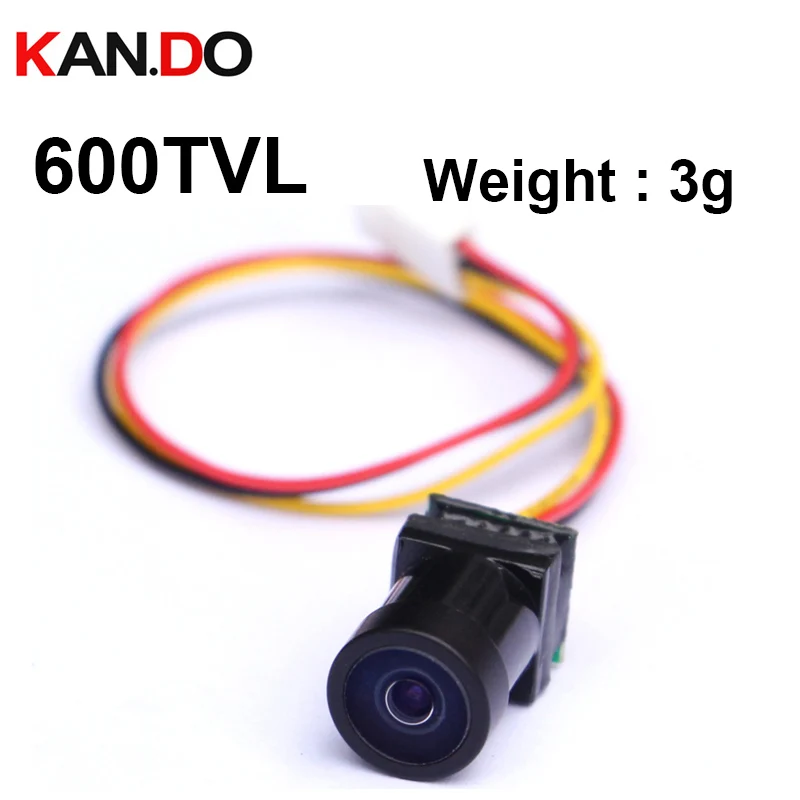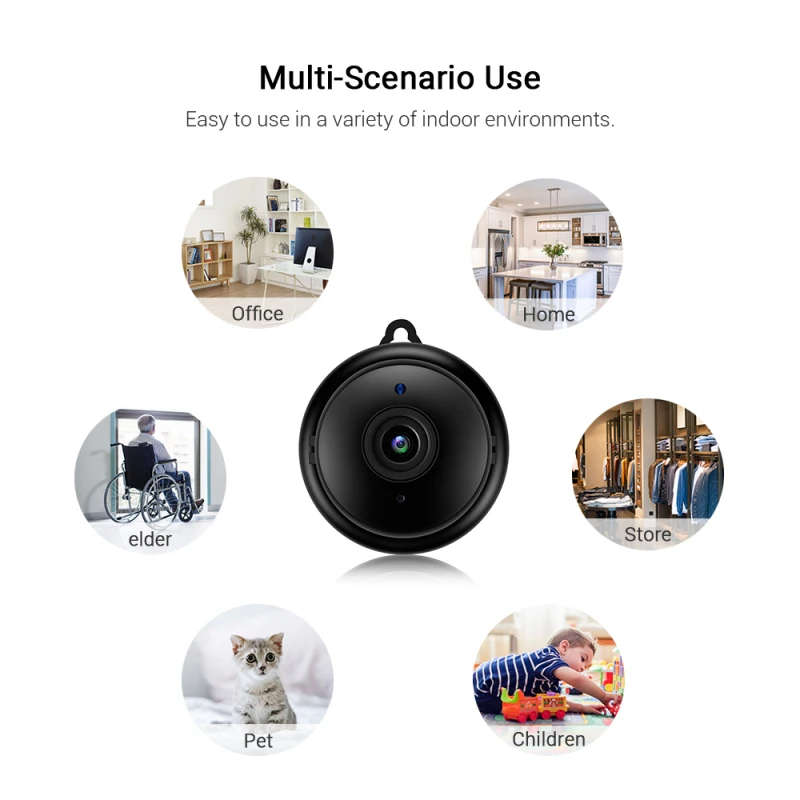
1,5 m 1m 5,5 mm 7mm endoscope kaamera paindlik veekindel ip67 kontrolli borescope kaamera, android pc sülearvuti 6leds reguleeritav Soodus! > uus / www.estonianoffice.ee

Anpviz 5MP Dome Turvalisuse Kaamera, 4-in-1 AHD/CVI/TVI/CVBS Video Valve CCTV Cam-2.8-12mm Varifocal Objektiiv Veekindel Väljas > Hulgimüük - Baltic-cheese.ee

Anbiux ptz ip kaamera 1080p kahesuunaline audio wifi väljas kaamera, 4x digitaalne zoom p2p smart värv öise nägemise turvalisuse cctv kaamera | Allahindlus \ www.wagwan.ee

Gadinan 8mp 5mp ip bullet kaamera ai liikumistuvastus kahesuunaline audio väljas veekindel videovalve koduvalve kaamera osta > mall / Kriyajoogastuudio.ee

ESCAM VR 720 Kraadi Panoraam, Kaamera 2MP Traadita Wifi IP Kaamera Fisheye Toetada kahesuunaline Audio \ Mall | www.kalastuspaun.ee

MISECU PTZ Wifi IP Kaamera Väljas Pan Tilt Pööratav AI Inimeste Avastamine Traadita Kaamera H. 265 P2P Audio 3MP Turvalisuse CCTV Kaamera et \ Mall > Filmpurgis.ee

Mb001-120 mini cctv kaamera undamine kaamera tuli weigt 3g valge black kaamera 0.0001 lux/f1.2 väiksus nagu mündi analoog kaamera allahindlus \ muud ~ Hobikad.ee

2021 mini wifi ip kaamera hd 1080p traadita siseruumides kaamera nightvision kahesuunaline audio liikumistuvastus beebimonitor dvr kaamerad allahindlus \ muud ~ Hobikad.ee

17mm Mini Objektiivi Asendamine/tarvikud Allvee Kalapüügi Kaamera Komplekt, Kaamera Pea, Ainult Fit Wp70 Wp90 Kala Leidja Süsteem et | Pood ~ www.l16.ee

Osta Tuya 2mp turvalisuse kaamera 1080p automaatne jälgimine ptz kahesuunaline audio traadita multi-view wifi smart elu alexa google videovalve, ip kaamera ~ muud - Varustamine.ee

Osta Tuya 2mp turvalisuse kaamera 1080p automaatne jälgimine ptz kahesuunaline audio traadita multi-view wifi smart elu alexa google videovalve, ip kaamera ~ muud - Varustamine.ee

Soodus! Podofo Hd 1080p Traadita Wifi Ip Kaamera Väljas Veekindel öise Nägemise Turvalisuse Kaamera, Kahesuunaline Audio Koduvõrgu Kaamera / Mall - www.vaikesedveod.ee

2021 mini wifi ip kaamera hd 1080p traadita siseruumides kaamera nightvision kahesuunaline audio liikumistuvastus beebimonitor dvr kaamerad allahindlus \ muud ~ Hobikad.ee

Müük Vstarcam Järelevalve CCTV IP 3MP Video Kaamera C24S Wifi Turvalisuse Kaamera IR Night Vision PTZ Kaamera Smart Home Mobiil Vaadata 7824 ~ Top - www.naturelab.ee

30X Zoom Sony335 5MP IP Kaamera PTZ POE Onvif Automaatne Jälgimine Inimeste IP Kaamera Kiirus Dome IP 5MP POE Kaamera kahesuunaline Audio Väljas osta < Pood ~ www.teksakass.ee

2021 mini wifi ip kaamera hd 1080p traadita siseruumides kaamera nightvision kahesuunaline audio liikumistuvastus beebimonitor dvr kaamerad allahindlus \ muud ~ Hobikad.ee

Inqmega 5mp tuya smart elu tulvaprožektor yardlight turvalisus ip kaamerat, dual valgustus, kahesuunaline audio tugi google ' i kodu ja alexa allahindlus \ muud ~ Hobikad.ee

Kodus Kaamera, Wifi, Mini Kaamera Infrapuna öise Nägemise Funktsioon, Liikumistuvastus Ja äratuse Lükkama, Et Kaitsta Perekonda Turvaliselt et | Pood ~ www.l16.ee

Müük Sricam SP029 FHD 2.0 MP Wifi IP Kaamera Smart Home AI Auto-Tracking CCTV Kaamera Värv Öise Nägemise Humanoid Avastamise beebimonitor ~ Misc - Skydigital.ee

Anpviz 5MP Dome Turvalisuse Kaamera, 4-in-1 AHD/CVI/TVI/CVBS Video Valve CCTV Cam-2.8-12mm Varifocal Objektiiv Veekindel Väljas > Hulgimüük - Baltic-cheese.ee

Ostke online Tööstus-Full-HD-SDI-2.0 Megapiksline 1080P 5-50mm 2.8-12mm Manuaalne Zoom Varifocal Objektiiv CCTV Turvalisus Kasti SDI Kaamera Koos OSD Cabl < Muud > www.airot.ee

Müük Mini 4G SIM-Kaardi IP Kaamera 1080P 5MP HD Sise Julgeoleku Kääbus Väike 4G Bullet Kaamera CCTV Metallist P2P Onvif Audio Camhi Alarm ~ Misc - Skydigital.ee

Gadinan 8mp 5mp ip bullet kaamera ai liikumistuvastus kahesuunaline audio väljas veekindel videovalve koduvalve kaamera osta > mall / Kriyajoogastuudio.ee

Soodus! Hontusec Päikese, Wifi, Kaamera, 1080p Päikese Jõul Väljas Pir Inimeste Cctv Alarm Home Security Kaamera Kahesuunaline Audio öise Nägemise | Parim \ Tedxnarva.ee

Hea pakkumine 4K 8MP 5MP POE PTZ IP Väljas Turvalisuse Dome kahesuunaline Audio Turvalisuse Kaamera 30X Zoom IR 80 MILJONIT Veekindel SD-Kaardi Pesa ONVIF H. 265 | Top \ www.tranemgrupp.ee

Osta 3mp tuya smartlife wifi ptz kaamera kuppel wifi ip kaamera 1080p turvalisuse järelevalve cctv kahesuunaline audio veekindel mini kaamera - outlet < www.puudehoidjad.ee

